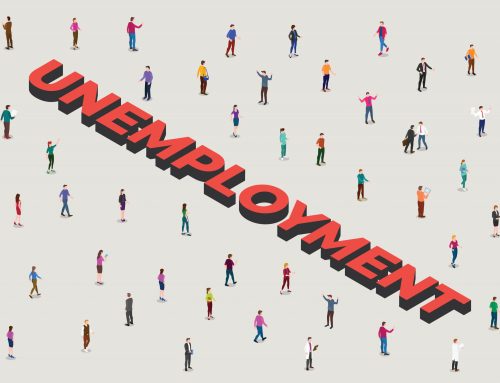March 23, 2023
The upswing on the labour market continues. According to Statistics Austriaʼs Microcensus Labour Force Survey, a total of 4 442 600 people aged 15 and over were employed in 2022 according to the EU definition, and 221 100 were unemployed. With 206 500 job vacancies, another peak in job supply was recorded.
“The number of vacancies was 2022 at record levels, while employment is high. The demand for labour affects all professions, with the largest gaps in sales and other services. In the future, the labour shortage will also become more acute due to the aging of the Austrian population. Currently, the share of elder workers in Austria is significantly lower than in most other EU countries. On the other hand, the share of women in part-time employment is much higher than in other EU countries,” said Statistics Austria Director General Tobias Thomas at the press conference on the Austrian Economic Barometer. The quarterly editions of the Austrian Economic Barometer use various economic indicators to show how Austriaʼs economy is developing against the backdrop of multiple crises.
7% more persons working part-time than in previous year
The labour market in 2022 was characterised by recovery. The number of people in employment rose, the number of unemployed fell and the number of job vacancies reached a record level. However, labour force participation varied widely by gender and age, among other factors.
In 2022, a total of 4 442 600 people aged 15 and older were employed on average, 136 600 or 3.2% more than in 2021. However, almost two-thirds of this employment growth is due to an increase in part-time workers. Compared with the previous year, the number of full-time employed rose by 1.6% (47 700), while the number of part-time employed increased by 7.0% (88 900). In 2022, one in eight men (12.6%) and one in two employed women (50.7%) reported working part-time. Two-thirds of women stated that their main reason for working part-time was their care responsibilities (39.5%) or the desire to work only part-time (26.5%).
The employment rate, as the share of employed persons in all persons aged 15 to 64, was 74.0% in 2022. The labour force participation rate varies by age. In particular, the employment rate of 55 to 64 year-olds remains below average at 56.4%, despite a significant increase in the last years. The employment rate for those born in Austria was 75.3% in 2022, and 70.2% for those not born in Austria. The highest labour force participation rate among immigrants is 79.2% among persons from the EU accession countries prior to 2004, while the lowest rates are recorded for persons from Türkiye (61.4%) and other third countries (60.5%).
Job vacancies again at record level
According to the job vacancy survey, the number of job vacancies in Austria reached 206 500 in 2022, a new high since the start of the time series in 2009. Compared to the previous year (2021: 146 100 vacancies), an increase of 41.3% was recorded (see press release of 10 February 2023).
The vacancy rate in 2022 was 4.8%, considerably higher than in the year before. It describes the share of vacancies in all available jobs and is an indication of shortages on the labour market. There were 52 500 vacancies in the manufacturing sector (ÖNACE B–F), 123 800 in the service sector (ÖNACE G–N) and 30 200 in the public sector (ÖNACE O–S).
Full-time positions were predominantly offered (83.5%), and only 16.5% of job offers were directed to persons who wished to work part-time.
Source: Statistics Austria
Legal Notice: The information in this article is intended for information purposes only. It is not intended for professional information purposes specific to a person or an institution. Every institution has different requirements because of its own circumstances even though they bear a resemblance to each other. Consequently, it is your interest to consult on an expert before taking a decision based on information stated in this article and putting into practice. Neither Karen Audit nor related person or institutions are not responsible for any damages or losses that might occur in consequence of the use of the information in this article by private or formal, real or legal person and institutions.






